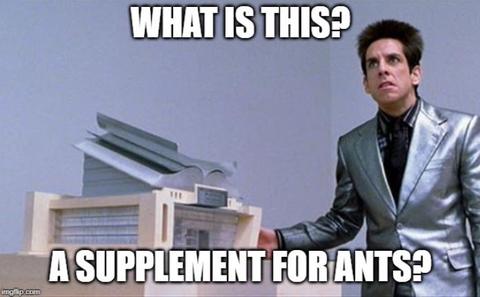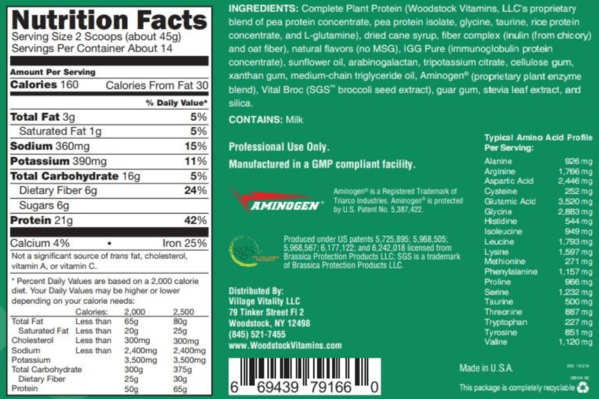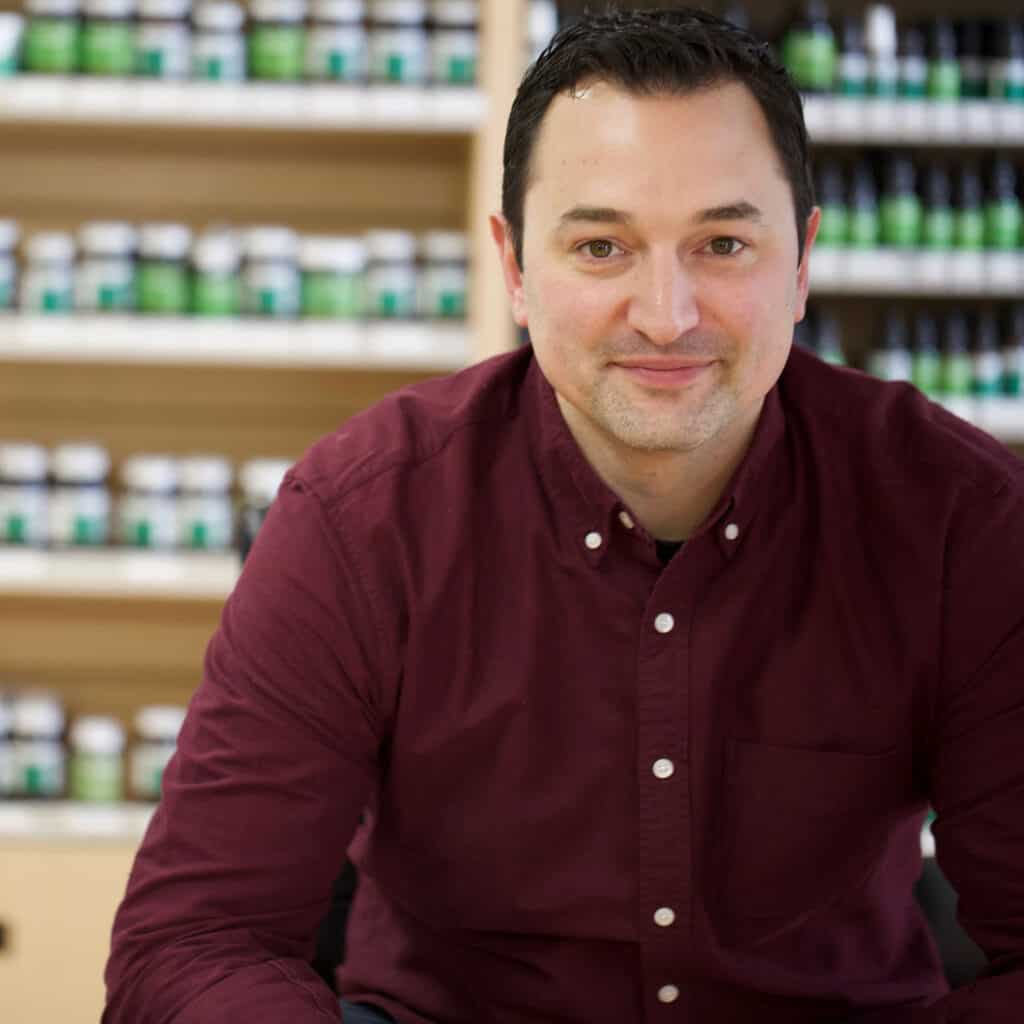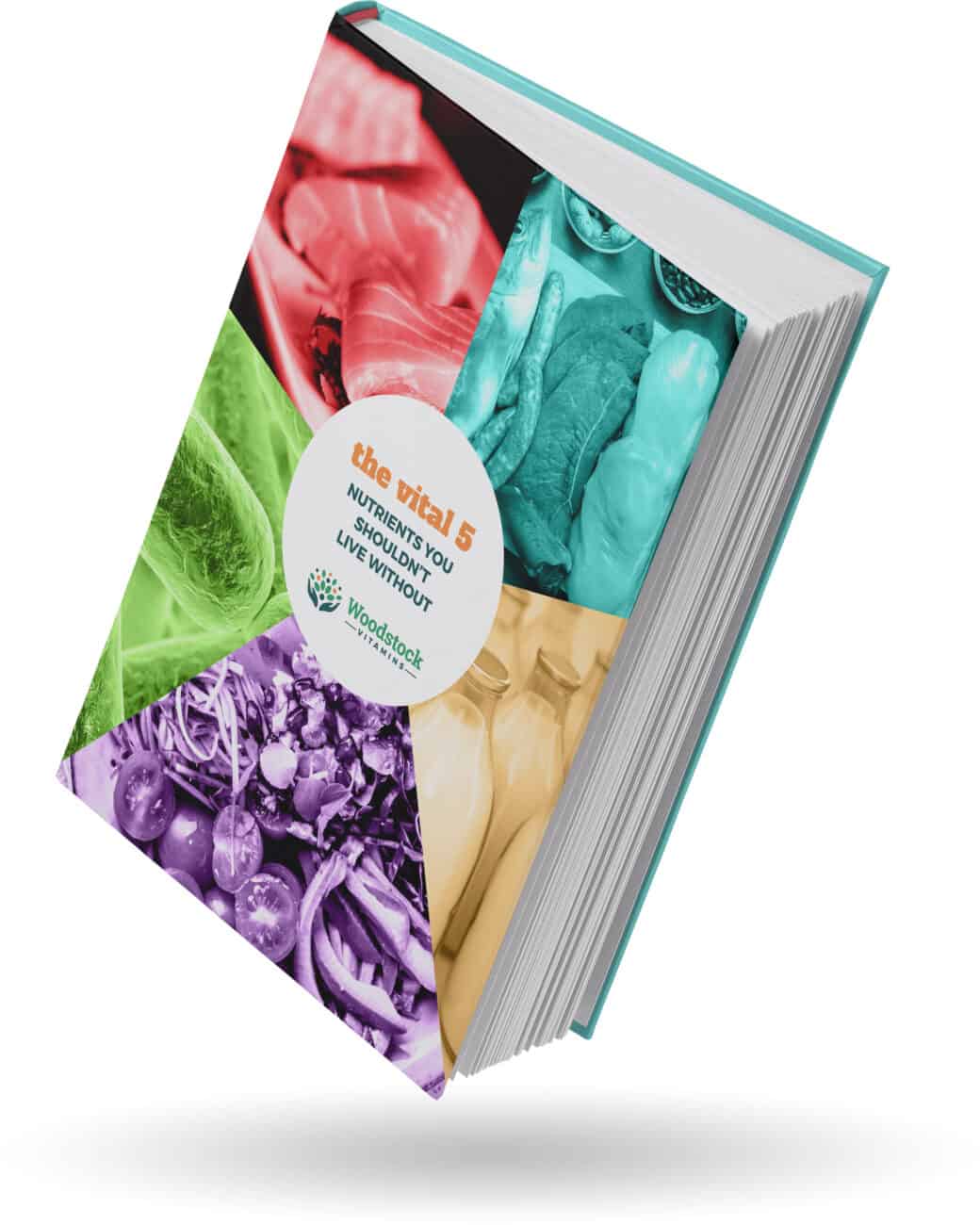In a recent podcast episode, I spoke about how shakes are the ONLY supplement product that I recommend for weight loss.
The reason is simple. First, no product really works. If it did, you better believe I’d be using it while championing the M&M diet. I’d call it the Eat-O diet (in the spirit of Keto), where you Eat-O whatever the heck you’d want.
Second, the mechanism of action of most weight loss products – even the prescription ones – is to suppress appetite via stimulation of the nervous system. Long-term exposure to these is not a healthy nor wise move.

No, this is not how you shake the weight away.
Well-made meal replacement powders (aka shake powder or shake), on the other hand, are a decent, albeit imperfect, method of reducing calories while getting pretty darn close to reasonable nutrition.
Definitely give that episode a listen for all the great information, but because I cut up a little bit. I make jokes about 50 Cent, illicit drugs, and my wife’s family’s GI problems.
The Problem with Weight Loss Shakes
Shake supplements are a massive quality conundrum. Individually, we have to be concerned with the quality of herbs, vitamins, fish oil, and probiotics. Shakes basically try to jam all this stuff together along with proteins, fats, and carbs. It’s a witches brew, except instead of goat hooves and snake tails they’re using moldy cheeseburgers.
Beyond normal concerns of getting a well-made product, we have common misconceptions and misuses of these products.
Over my years of experience, I’ve identified two major problems with the way we use weight loss shakes:
- Unintentional overdose of micronutrients
- Improper use of the shake
For you loyal blog readers, I’m bringing you a THIRD problem with weight loss shakes. Yes, 3 for the price of 0. So generous, I am.
The third problem is choosing the wrong liquid to mix your powder with.
Before we dive in, let’s make sure we understand why we’re using these meal replacement shake powders in the first place.
What’s the Point of a Meal Replacement Shake Powder?
A meal replacement powder is super literal. We’re replacing a meal with something like a meal but not a meal.
Shake powders are a method to reduce your calories while still getting some nutrition. If you remember from my article on Dietary Jenga, a properly made meal is one that has all 3 macronutrients: proteins, fats, AND complex carbohydrates.
We vary our foods to get exposed to different micronutrients, vitamins, and other healthy little nutrients found in our foods.
There’s rather simple math involved in weight loss and weight gain. If you eat more than you burn, you gain weight. Flip it, reverse it for weight loss.
There’s no secret sauce here; eat less to lose weight, eat more to gain weight.
The problem becomes one of guesstimation. How many calories are in the food I’m eating, exactly? How many calories did I use today, exactly? It’s all an estimate, and in past articles, I’ve advised overestimating the calories in food and underestimating the calories you need.
In an ideal, exact world, our meals are around 4 – 600 calories each. In reality, many of us eat well north of 600. Subbing out a well-made shake powder would mean you’d get proteins, fats, and carbs for 200 calories or less.
After a week of doing this, you’d be down about 2800 calories or about 3/4 of a pound of fat (3500 calories). That’s a healthy weight loss if I’ve ever seen one!
Just like there are different grades of food, there are different grades of meal replacement products. The most popular liquid-form product is Ensure, which is a good representation of the types of products I tell people to avoid. It typically has protein sources from corn, high fructose corn syrup as a sweetener, and just generally synthetic, gross ingredients.
My expectation of you is that you are striving for a higher grade meal-replacement shake. Proteins should be from whey or plant. Fibers should be healthy and a mix of soluble and insoluble types. Fats are often MCT oils.
Here’s a protip: Don’t let the marketing fool you. Look at those labels. Are there healthy foods arranged like a feast an Instagram influencer pretends to eat every day? All marketing.
Don’t be afraid to look at the Nutrition Facts Panel with skepticism. Some products add “food blends” that list dozens of healthy-sounding foods. The truth is the total amount of any one of those “foods” will be less than a few dozen milligrams. Not enough to give proper nutrition to bugs.

Let’s get to our shake-related problems, in reverse order.
A well-made shake still needs to be mixed with something liquid to get it into our gullets, and choosing the wrong thing is a big mistake I see people make.
Shaken, And Stirred…
Shakes are a convenient way to get pretty darn close to great nutrition. Take a scoop of powder, throw it in your cup, and go.
Except, you don’t want to look like this:
 |  |
The most important choice you can make is selecting a quality shake. The second most important is not taking the powder straight and wisely choosing what to mix it with.
People seek to make low-calorie, but tasty liquid choices to get the powders down. What do they reach for? Dairy Alternatives.
In our article, we discuss why most dairy alternatives are themselves chemical soups of wanna-be milk.
Yes, they’re low-calorie, but you’re ingesting something that is often pumped full of synthetic chemicals. The only advantage most dairy alternatives have is they are low-calorie. It’s not a wise use of any calories, however.
Make a smarter choice when selecting your dairy alternative, or just use some water.
Whatever you do, don’t mix it with full-sugar Pepsi.
Some people will choose to mix the powder in with some healthy fruits, veggies, and other smoothie ingredients, and that brings us to our next problem with shakes…
Don’t Double Up Your Nutrition
Almost every patient that speaks with me about their shake use is doing it all wrong. If I told you once, I told you a million times: I love hyperbole.
Smoothies are a great, low-calorie meal replacement option as well. We can’t just blend up fruits and veggies for a well-made smoothie; we have to include proteins, fat, and complex carbohydrates.
The benefit of consuming smoothies is that a single serving size of those foods can be a lower-calorie alternative to meals. Smoothies will run a little higher than shakes (real food and all), but much less than eating a prepared meal.
To be clear, I recommend that people make smoothies over shakes for meal replacement and calorie reduction. Shake powders are a convenient, distant 2nd place to smoothies.
A smoothie, though, should be self-contained and not supplemented. You MAY need to add a protein powder if you don’t want greek yogurt, tofu, soy, or nut butter in your smoothie. Otherwise, your macronutrients are coming from food.
You don’t need to add your shake powder into a well-balanced smoothie. Adding a powdered protein, fat, and carb source to a protein, fat, and carb source is the definition of overkill. In doing so, you could double up on 1 or more of the macronutrients, all while potentially doubling up on the calories too.
So many people do this, I feel, because of the “insurance policy” mentality. Many take multivitamins as a mechanism to “fill in the gaps” of their diets to ensure they’re not deficient and stay healthy. The thing is, as I’ve said in blogs and webinars, we should Throw Away Our Multivitamins. They don’t fill in the gaps.
That same mindset of “filling in the gaps” then gets transposed onto our smoothie prep. “Let me add this balanced shake powder to ensure I’m not missing anything.”
The truth? You aren’t missing anything! Think protein, fat, and complex carbs. The only thing you’re missing is the confidence that you’re doing something right. I believe we have low nutritional self-esteem. Too many pictures of Instagram models with their huge spread of healthy food that they “eat” aka take pictures of and throw away. Block those goons on IG and focus on doing what’s right!
On the other end of the spectrum, we have some people who will remain nameless who enjoy themselves a smoothie only after they’ve made it to their sweet-tooths liking. “I eat steel-cut oatmeal (but I add 2 tablespoons of sugar, honey) with blueberries!” Good job, now you’re tasting sweetened cardboard AND you’re getting about 6000 calories.

You can’t say frozen yogurt is healthy when you add oreo crumbles. You can’t say your shake or meal replacement is healthy with sweet stuff equalling more calories than 3 visits to the Golden Corral buffet station.
Take it easy.
Back to the topic of multivitamins… The final problem with shakes has to do with their vitamin content.
Don’t Overdose on Vitamins
I’m going to show you two different pictures of the Nutrition Facts Panel on two different shake products.
The first is a meal replacement shake.

As you can see, the Nutrition Facts Panel lists fats, carbs (fiber is important), and protein. The ingredients list looks long, but there are not very many ingredients. It’s got sugar, which is a problem, but protein powders normally taste gross and I’d rather straight sugar than stevia or HFCS.
The point of sharing it, though, is to compare it against another high-quality shake powder that’s a bit different:

As you can see, it has A LOT more ingredients. We use high-quality ingredients, but there are a lot of them.
Let’s recap what we actually are buying when we buy supplement powders.
Back in our Protein Powder article, I threw these supplements into 3 bins. First, there’s protein alone. This is your Collagen Peptides or Myocep or Complete Plant Protein.
The second type is shakes, which as I’ve said about six times now, are proteins, fats, and carbs in a powder to be used as meal replacements.
The final type is the one we have to be cautious of. A shake plus vitamins.
To target certain demographics or markets, brands will add vitamins used in those populations or to manage that health concern. Got a brain health problem? Use this one that has NAC and choline. You’re gut’s a mess? Use this one with aloe and prebiotics.
That itself isn’t a problem. The problem is that most of the vitamin doses in a single shake serving are enough for an entire day. What if you want to use the shake twice (or more)?
Here’s another question: what if you’re already taking supplements? Here’s another ’nother question: what if your “expert” is an MTHFR guy who has you on an expensive and unnecessary regimen of vitamins along with not one, but multiple B vitamins too?
Overdose is the answer.
We are into the year by about 30 days now, and I’ve had about a dozen people who, just this year, I’ve helped to feel better by reducing their supplement count, starting with cutting out their vitamin-filled shake powder.
My first self-help video, I think, will be called Detox from Your “Doctors” teaching people the dangers of listening to these “experts” who pepper you with too much supplementation.
Our bias shines through, though. Supplements are “safe” and can be taken with impunity. What’s real is that vitamins aren’t nutrition, and are instead synthetic, isolated chemicals made by pharmaceutical companies. We must be careful.
If you choose to use a meal replacement shake powder that has vitamins, limit the frequency to once, maybe twice daily. Don’t take additional, similar vitamins along with it.
Be aware, and be careful.
Make Like a Blender and Shake It Up in 2020
Weight loss meal replacement shakes are a solid option for many people. They’re convenient, inexpensive, and provide your campfire for at least a few hours.
They come with their own quality problems. The biggest problem is from our actual execution; how many people use meal replacement shakes is flawed.
Hopefully, by identifying these 3 pain points you’ll avoid these common pitfalls.
In general, I think the problems identified highlight two things. First, you need a trusted expert to help build and support a wellness strategy for you. That’s me.
The other thing is that while helpful, vitamins and supplements are a temporary substitute for real food, not a cornerstone of our nutritional foundations.
Regardless, in 2020, we can achieve our health goals, lose weight, and more with true holistic care, backed by science.
Just trying to keep it real…

Neal Smoller, PharmD
Owner, Pharmacist, Big Mouth



